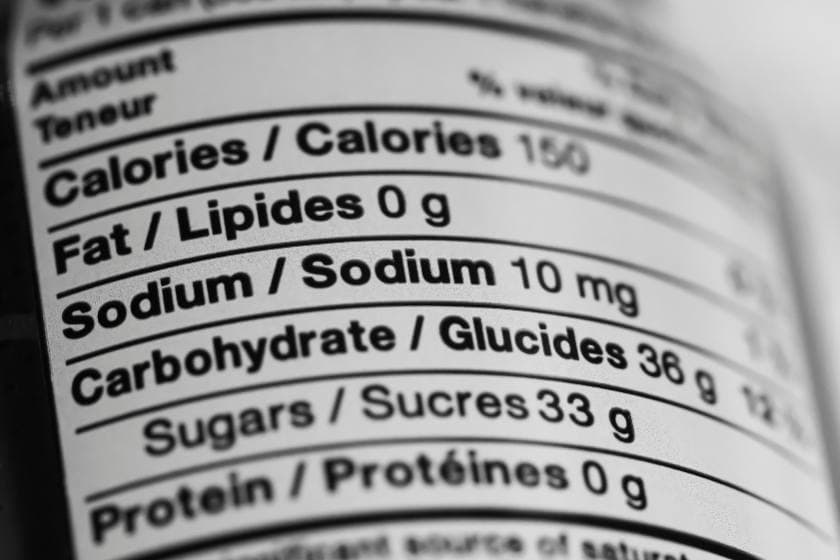 When you pick up a package of your favorite snack from the grocery store shelf, have you ever paused to look at the label? That small piece of paper contains much more information than a catchy logo or an appealing design. Food labels are not only there to grab your attention but also to inform you about what you’re about to consume. Whether you’re health-conscious, have dietary restrictions, or are simply curious, understanding the food label requirements can provide valuable insights into what you’re putting into your body.
When you pick up a package of your favorite snack from the grocery store shelf, have you ever paused to look at the label? That small piece of paper contains much more information than a catchy logo or an appealing design. Food labels are not only there to grab your attention but also to inform you about what you’re about to consume. Whether you’re health-conscious, have dietary restrictions, or are simply curious, understanding the food label requirements can provide valuable insights into what you’re putting into your body.
-
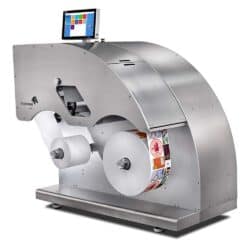 Trojan Label T2 High Volume Digital Label Press Color Label Printer SKU: 10000110-N Trojanlabel$67,195.00
Trojan Label T2 High Volume Digital Label Press Color Label Printer SKU: 10000110-N Trojanlabel$67,195.00
FREE SHIPPING over $199*
Orders before 12PM EST usually Ship Same Business Day -
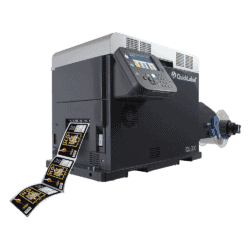 Quick Label QL-300s (120V) Toner CMYK + White Color Label Printer SKU: 1003-0000004$12,495.00
Quick Label QL-300s (120V) Toner CMYK + White Color Label Printer SKU: 1003-0000004$12,495.00
FREE SHIPPING over $199*
Orders before 12PM EST usually Ship Same Business Day -
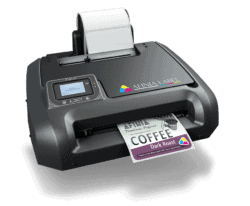 Afinia L301 Small Business Color Label Printer SKU: 26849 GTIN: 678621130057$1,249.00
Afinia L301 Small Business Color Label Printer SKU: 26849 GTIN: 678621130057$1,249.00
FREE SHIPPING over $199*
Orders before 12PM EST usually Ship Same Business Day
Required Food Label Information
The food label on a product is like its story, revealing important details about its composition. When it comes to the requirements for a food label, certain information must be included to ensure consumers make informed choices. Here are the key elements you can expect to find on a food label:
- Product Name: This is the first thing that catches your eye. It sets the product apart and gives you a quick idea of what’s inside.
- Ingredients List: Ever wondered what’s really in that delicious-looking granola bar? The ingredients list breaks it down for you, with the primary ingredient listed first and subsequent ones in descending order of quantity.
- Nutrition Facts: The Nutrition Facts section includes calorie, fat, carbohydrate, protein, and vitamin information. It’s like a cheat sheet for understanding what’s in your food.
- Allergen Information: If the product contains common allergens like nuts, soy, dairy, or gluten, the label must clearly state it. To make safe choices, individuals with allergies must know this.
- Serving Size: Ever eaten an entire bag of chips only to realize it was supposed to be four servings? The serving size helps you understand how the nutritional information relates to the amount you’re likely to consume.
- Daily Value (%DV): A serving of food provides how much of a specific nutrient a person needs daily. You can gauge the nutritional content of a food by looking at its label.
Required Manufacturer Information
Just as a book has an author, a food product has a manufacturer. The label should provide this information so you know who’s behind the deliciousness you’re about to enjoy. Here’s what you’ll typically find:
- Manufacturer’s Name and Address: The company responsible for producing or distributing the product. They allow themselves to take ownership and be accessible to you in case of questions or concerns.
- Contact Information: You might see a phone number, website, or email address. This is your direct line to the manufacturer, which can be handy if you want to learn more about the product or provide feedback.
-
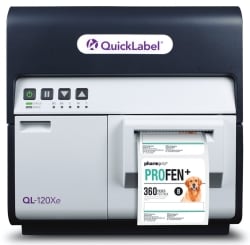 Quick Label QL-120Xe Inkjet Color Label Printer with 1 Year Warranty SKU: 42725300$5,995.00
Quick Label QL-120Xe Inkjet Color Label Printer with 1 Year Warranty SKU: 42725300$5,995.00
FREE SHIPPING over $199*
Orders before 12PM EST usually Ship Same Business Day -
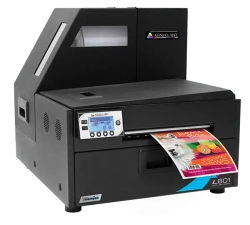 Afinia L801 Plus Commercial Color Label Printer SKU: 32498$8,995.00
Afinia L801 Plus Commercial Color Label Printer SKU: 32498$8,995.00
FREE SHIPPING over $199*
Orders before 12PM EST usually Ship Same Business Day -
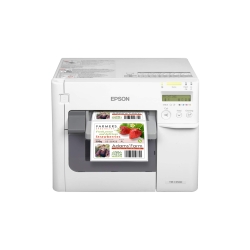 Epson ColorWorks C3500 Inkjet Color Label Printer SKU: C31CD54011 GTIN: 814420980046$2,419.00
Epson ColorWorks C3500 Inkjet Color Label Printer SKU: C31CD54011 GTIN: 814420980046$2,419.00
FREE SHIPPING over $199*
Orders before 12PM EST usually Ship Same Business Day
Beverage Labeling Requirements
Beverages have their own labeling rules, given that they often have different nutritional profiles from solid foods. Beverage labels typically include the following information:
- Total Volume: How much liquid is in that bottle of juice? The label will tell you in fluid ounces or milliliters.
- Calories per Serving: Like with solid foods, beverages must also display their calorie content.
- Added Sugars: With growing concerns about sugar intake, added sugars must now be listed on the label.
- Nutrient Content Claims: You might see phrases like “low fat” or “high in vitamin C.” These regulated claims can give you a quick idea of the beverage’s nutritional highlights.
Helpful Resources for Food Labeling
Navigating the world of food labeling might sound overwhelming, but fear not; there are resources to help you out. It is essential to find out about food label regulations from the Federal Trade Commission (FTC). They ensure that companies are honest and transparent in their claims, preventing misleading advertising.
The Federal Trade Commission (FTC)
It is the duty of the FDA to ensure that food labeling is free of deceptive practices. They crack down on exaggerated claims that a product can do things it can’t or doesn’t. For instance, if a cereal box claims that eating it will make you invincible, the FTC would have a word or two to say about that.
Food Label Regulation Exemptions
Not all foods are created equal when it comes to labeling requirements. Some products are exempt due to their nature or the size of the business producing them. For example, small companies have slightly different rules, and certain products like plain coffee or spices might not need to provide a full nutrition facts panel.
Food Label Compliance
Ensuring that food labels meet all the requirements isn’t just a good practice; it’s the law. Accurate information is the responsibility of manufacturers. If a label is found to be inaccurate or misleading, the consequences can range from warning letters to recalls and even legal action.
Food Label Printers
Now that you’re well-versed in reading food labels, have you ever wondered how those labels end up on the packaging? This is where food label printers come into play. These specialized printers are responsible for bringing all that information to life clearly and legibly.
Where Can I Get the Best Food Label Printers?
TCS Digital Solutions stands out as a reliable and innovative provider when sourcing top-notch food label printers. They understand the critical role that labeling plays in the food industry and offer a range of printers tailored to meet various needs.
TCS Digital Solutions offers food label printers to ensure compliance with food labeling regulations. Their printers enable businesses to print accurate and vibrant labels that include all the necessary information while maintaining the highest standards of clarity and precision. Whether you’re a small local producer or a large-scale manufacturer, TCS Digital Solutions has options that cater to your specific requirements.
-
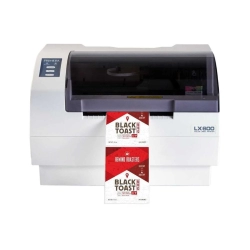 Primera LX600 Color Label Printer SKU: LX600$1,995.00
Primera LX600 Color Label Printer SKU: LX600$1,995.00
FREE SHIPPING over $199*
Orders before 12PM EST usually Ship Same Business Day -
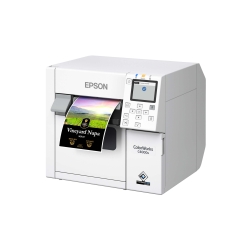 Epson C4000 / CW-C4000 ColorWorks Inkjet Label Printer (Gloss) SKU: C31CK03A9991$2,419.00
Epson C4000 / CW-C4000 ColorWorks Inkjet Label Printer (Gloss) SKU: C31CK03A9991$2,419.00
FREE SHIPPING over $199*
Orders before 12PM EST usually Ship Same Business Day -
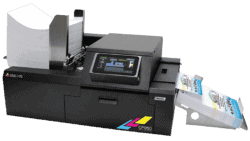 Afinia CP950 Envelope Packaging and Box Color Label Printer SKU: 35256$19,995.00
Afinia CP950 Envelope Packaging and Box Color Label Printer SKU: 35256$19,995.00
FREE SHIPPING over $199*
Orders before 12PM EST usually Ship Same Business Day
In Conclusion, food labels are like the nutrition storybooks of the products we consume. Providing us with a wealth of information about our diet enables us to make more informed decisions. These labels, from the ingredient list to allergen information and serving sizes, are carefully curated to ensure transparency and safety. And while navigating the world of food labeling might seem complex, resources like the Federal Trade Commission help ensure honesty and accuracy. So, the next time you’re scanning the shelves for your favorite treats, take a moment to dive into the label—you’ll discover a whole new dimension of the food you love.
Related Articles


